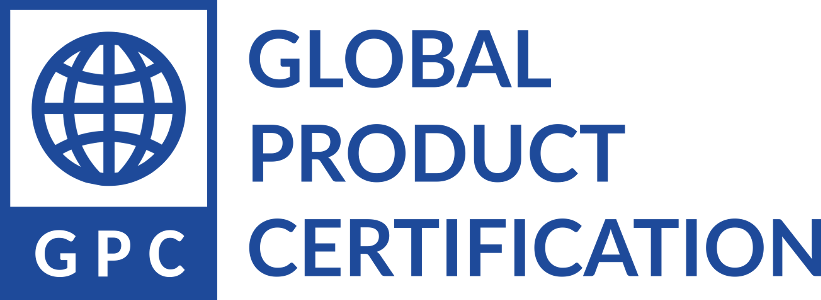Machinery Directive
A manufacturer who is willing to distribute or sell products in European Countries must declare that the products conform to the applicable EU directives and attach CE marking delared conformity assessment by certified Notified Body.on products.
All types of machinery products imported and sold in European Countries must comply with the requirements of the Machinery Directive. Products with CE marking are considered to comply with the requirements of the Machinery Directive and other applicable Directives such as Low Voltage Directive, EMC Directive, and etc. These CE marked products are legally accessible to EC member Countries.
The European Union devines machinery as "Assembly is already mounted or is to be mounted, and it has as least one moving part connected to each other and has a driving system for performing a specific task." Due to this broad definition, Machinery includes a variety of equipments and devices playing a key role in industrial management in many other countries including European Countries. Many regulations have been established and implemented to ensure the safety of design and operation of machineries in European and other major markets because machinery can cause a health and safty problem of workers.
Note : Electrical / Electronic products covered by Directive 2006/95/EC (European Electrical safety Guideline) are excluded from the scope of Machinery Directive.
Machinery Directive (2006/42/EC)
Every type of machinery coming into European Countries must comply with the following applicable Directive from Jan 1st 1995. The early applicable Directives was revised from 89/392/EEC to 91/368/EEC, 93/44/EEC, and 98/37/EC. In present, European Machinery Directive 2006/42/EC is the only valid Directive.
Many countries around the world have adopted non-compulsory certification for machinery and safety components, but European countries adopt compulsory(mandatory) certification for machinery and safety components. This compulsory safety certification is designed to reduce the social cost of many accidnts caused by the use of machinery, safely design products, reduce cost for maintenance, install machinery appropriately, and ensure the safety of workers by having them appropriately use the machines.
Classification of Machinery Directive
European standards for machinery safety is divided into three categories; Standard A, Standard B, and Standard C. Products must meet the requirements of all three applicable standards.
Standard A (EN 414, EN 12100)
A basic safety standard that defines basic concepts, design principle, and general aspects.
Standard B ( EN 13850, EN 13849-1, EN 60204-1, etc)
Safety related standards applicable to machines that are widely classified in accordance with the use and purpose of the general machine.
1) The B1 standard specifies the specific aspects of safety(electvicity, safety distance, surface temperature, noise, etc).
2) The B2 standard specifes safety related devices and machine parts(emergency switch, pressure sensing system, etc).
Standard C
Standard that specifies detailed safety requirements for a specific machine or a group of machines.
Required Preparatory Documents
- Manual: User Manual, Service Manual (for properssionals)
- Parts List (copy of certificate of approved parts: CoC, AoC, Doc, type approval Certificates)
- Catalogues: Finished products and Major parts
- Drawing: Product, Assembly drawing, Main assembly drawing
- Hydraulic presurre, pneumatic presurre, and electrical related materials
A List of Rroducts that must be CE marked by Certificate Institute. (ANNEX IV)
- Circular saws (single- or multi-blade) for working with wood and material with similar physical characteristics or for working with meat and material with similar physical characteristics, of the following types:
- Sawing machinery with fixed blade(s) during cutting, having a fixed bed or support with manual feed of the workpiece or with a demountable power feed;
- Sawing machinery with fixed blade(s) during cutting, having a manually operated reciprocating saw-bench or carriage;
- Sawing machinery with fixed blade(s) during cutting, having a built-in mechanical feed device for the workpieces, with manual loading and/or unloading;
- Sawing machinery with movable blade(s) during cutting, having mechanical movement of the blade, with manual loading and/or unloading.
- Hand-fed surface planning machinery for woodworking.
- Thicknesses for one-side dressing having a built-in mechanical feed device, with manual loading and/or unloading for woodworking.
- Band-saws with manual loading and/or unloading for working with wood and material with similar physical characteristics or for working with meat and material with similar physical characteristics, of the following types:
- sawing machinery with fixed blade(s) during cutting, having a fixed or reciprocating-movement bed or support for the workpiece;
- sawing machinery with blade(s) assembled on a carriage with reciprocating motion.
- Combined machinery of the types referred to in points 1 to 4 and in point 7 for working with wood and material with similar physical characteristics.
- Hand-fed tenoning machinery with several tool holders for woodworking.
- Hand-fed vertical spindle moulding machinery for working with wood and material with similar physical characteristics.
- Portable chainsaws for woodworking.
- Presses, including press-brakes, for the cold working of metals, with manual loading and/or unloading, whose movable working parts may have a travel exceeding 6 mm and a speed exceeding 30 mm/s.
- Injection or compression plastics-moulding machinery with manual loading or unloading.
- Injection or compression rubber-moulding machinery with manual loading or unloading.
- Machinery for underground working of the following types:
- locomotives and brake-vans;
- hydraulic-powered roof supports.
- Manually loaded trucks for the collection of household refuse incorporating a compression mechanism.
- Removable mechanical transmission devices including their guards.
- Guards for removable mechanical transmission devices.
- Vehicle servicing lifts.
- Devices for the lifting of persons or of persons and goods involving a hazard of falling from a vertical height of more than three metres.
- Portable cartridge-operated fixing and other impact machinery.
- Protective devices designed to detect the presence of persons.
- Power-operated interlocking movable guards designed to be used as safeguards in machinery referred to in points 9, 10 and 11.
- Logic units to ensure safety functions.
- Roll-over protective structures (ROPS).
- Falling-object protective structures (FOPS).


